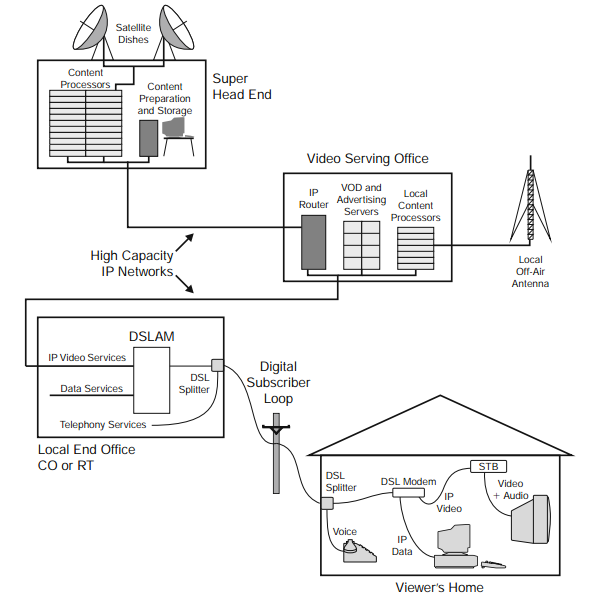Compression means reducing number of bits required to represent the video image. Video compression in IPTV is always needed in order to deliver smooth service. choosing suitable video compression can mean success or failure in video networking project.
compressing technology has been used to transform large data into small one that can be put into more tiny device. mp3 compression convert audio data from CD into smaller file that can be put into mp3 player with a smaller size of storage (at first). Other compression make it possible for us to watch 2 hours movie from DVD cassette and player. even we can put more than one movie into 1 DVD.
Compression technology has been used because it has many advantages such as :
1. Compressed stream can be transmitted over lower bit rate network rather than uncompressed stream.
2. More compressed stream can fit into given bandwidth.
3. Without compression there is no way to deliver HD video which occupies 1Gbps of bandwidth.
4. Compressed stream can fit more into given storage size.
5. A good compression technique can be used to reduce the amount of bandwidht

